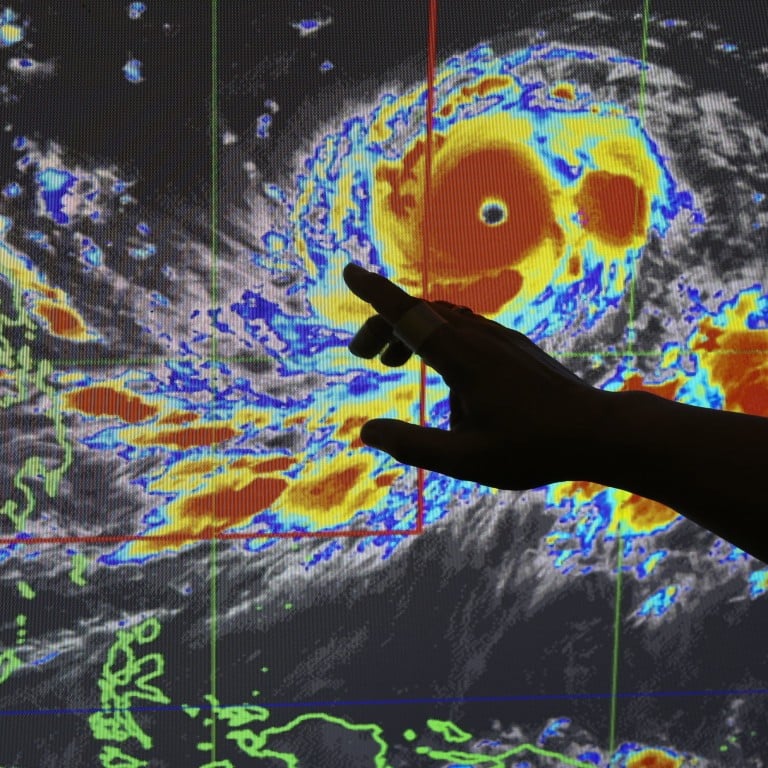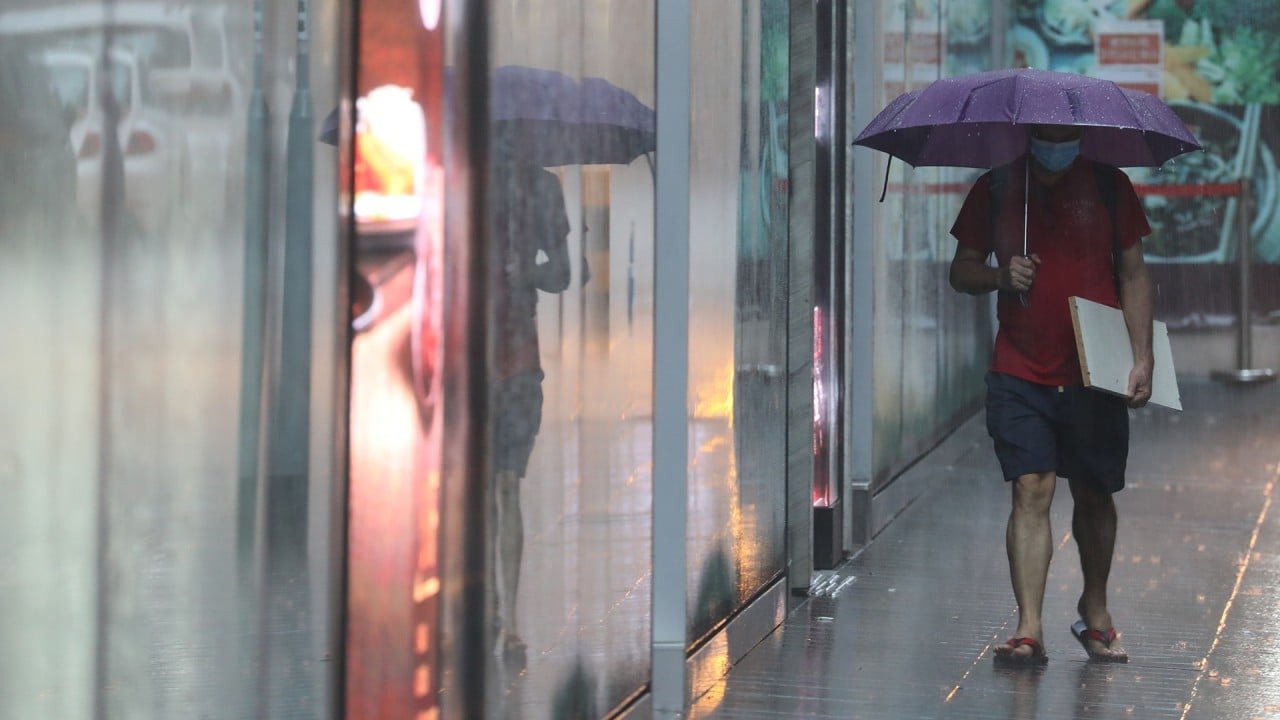
Climate Change: Typhoons in coastal Asia and China could be twice as powerful by 2100, says Chinese University of Hong Kong study
- Their overall destructive power could double by the end of the century in the worst-case climate change scenario
- The projection also suggests that an average typhoon by then will last 56 per cent longer and travel 50 per cent further inland
“The projection also suggests that an average typhoon by then will last around five hours [or 56 per cent] longer and will travel 92km [or 50 per cent] further inland, nearly doubling its overall destructive power,” the CUHK said in a statement.
The researchers found that between 1979 and 2016 the tropical storms increased in duration by two to nine hours and penetrated 30 to 190km further inland.
The most significant increase in inland impact had occurred in Vietnam’s capital, Hanoi, and the South China region that also covers Hong Kong, Tam noted.
Projections by the CUHK-led study are based on the “RCP8.5” high-emissions global warming scenario that assumes greenhouse gas emissions will rise throughout the century as society fails to deliver an effective, concerted solution.
The global average surface temperature is projected to rise by 3.7 degrees Celsius under RCP8.5 in the last two decades of the century from pre-industrial levels, according to a previous analysis published in 2014 by the United Nations’ Intergovernmental Panel on Climate Change.
A different set of scenarios was adopted in the latest analysis published in August 2021, which predicted the Earth’s temperature may rise by between 2.7 and 4.4 degrees by 2100, according to “best estimates.”
In the last five decades, high winds, heavy rain and storm surges have led to nearly 780,000 deaths and over US$1.4 trillion in global economic losses, according to the World Meteorological Organisation.
Research modelling suggests that the warming of the oceans caused by climate change could intensify tropical storms and extend the distance they travel inland, with more destructive consequences.
The frequency of intense tropical cyclones and the peak wind speeds of the most severe storms around the world are projected to increase as global warming continues, the IPCC experts predicted with “high confidence” in their latest assessment in April.
Edwin Lau Che-feng, founder and executive director of Hong Kong environmental group The Green Earth said the CUHK’s findings did not come as a surprise, particularly as the scientists had used a “worst-case scenario” to make the estimates.
“Now we absolutely have to work on decreasing the source of the typhoons’ strength and work towards decarbonisation,” Lau said. “I believe that in China and Hong Kong the governments are taking action [and] the power companies are certainly under pressure.
“We cannot forget the floods that hit Henan and caused loss of life this year. No one can guarantee that Hong Kong will not see the same kind of catastrophic weather.”
Hong Kong’s Civil engineering and Development Department said it plans to start a study of shoreline management, which will analyse the impacts of climate change on the development of coastal areas. The study would help formulate long-term adaptation strategies and protection measures to cope with climate change.
It said Hong Kong was vulnerable to landslides, particularly in the event of extreme rainfall.
“Hong Kong was hit by two super-typhoons in 2017 and 2018 which resulted in widespread damage due to flooding and tree falls. It was only by chance that the severe rain associated with these two super-typhoons did not fall within the landmass of Hong Kong ... and therefore only a few landslides occurred,” it said.





